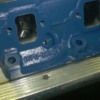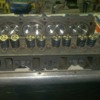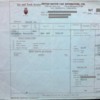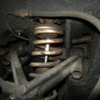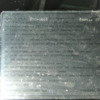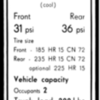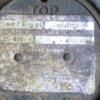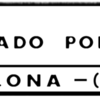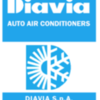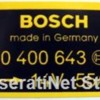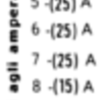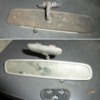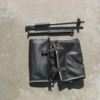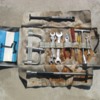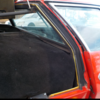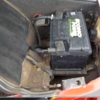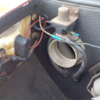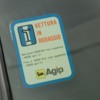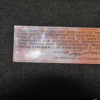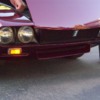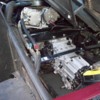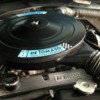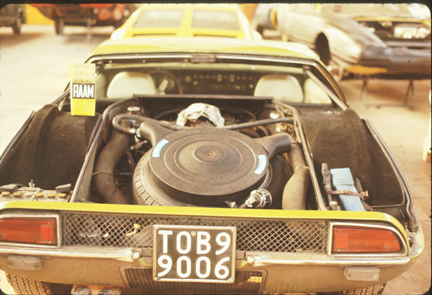These mated to Webers on the GT40 Shelby team cars. I think there were only three of those and they wound up on at least one of the Daytonna Coupes?
The heads were serial numbered to the engine since those were all built as comp engines in Shelby's race shop. It's thought that there were only 50 sets made.
Needless to say they are very difficult to find now and if you do, very expensive. I saw only one set for sale and that was for $3500 firm.
I think this set was ported by Valley Head Service and was sold to an independent racer running a street 65 GT350 in competition in the SE district as just heads. I have his name here somewhere but it isn't important to this post to post it here.
They are very "similar" to 69-70 351w heads. I'm sure they have unique features like no other but this is the best I can do.
For sure you can't port the exhausts on a 351w to this size? The intakes are similar though.
These aren't mine. Pictures came from Randy Gillis.
I did have a set of C6FE aluminum BB heads. Those got traded away.
Thought everyone would be interested in seeing these?


